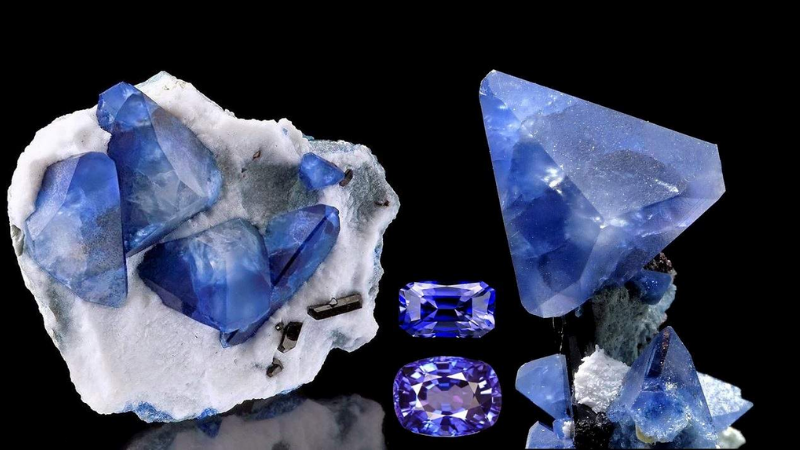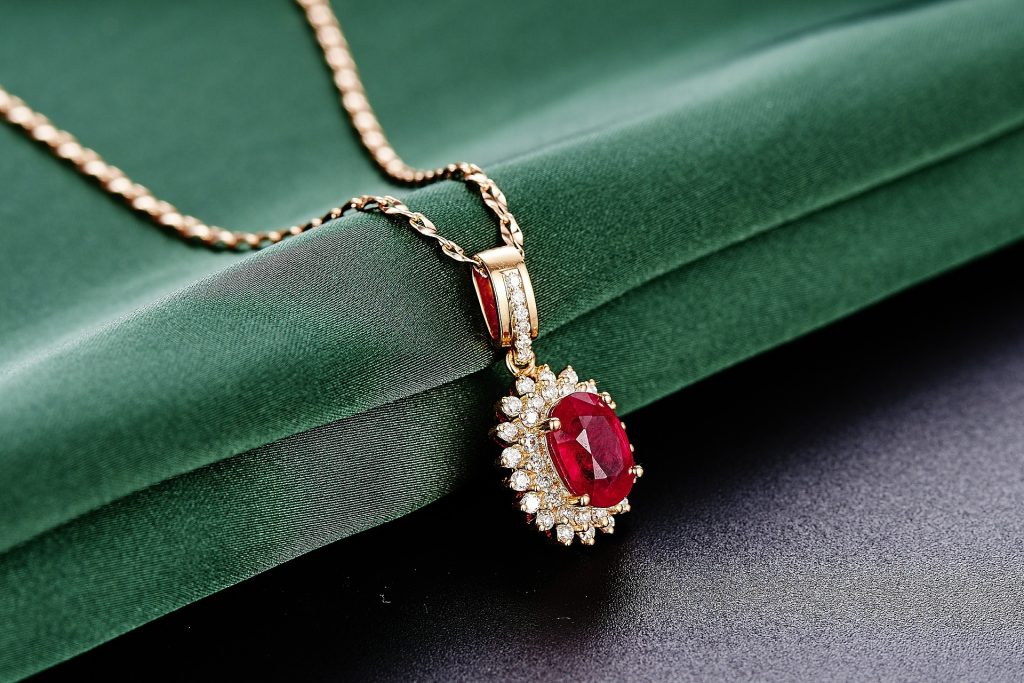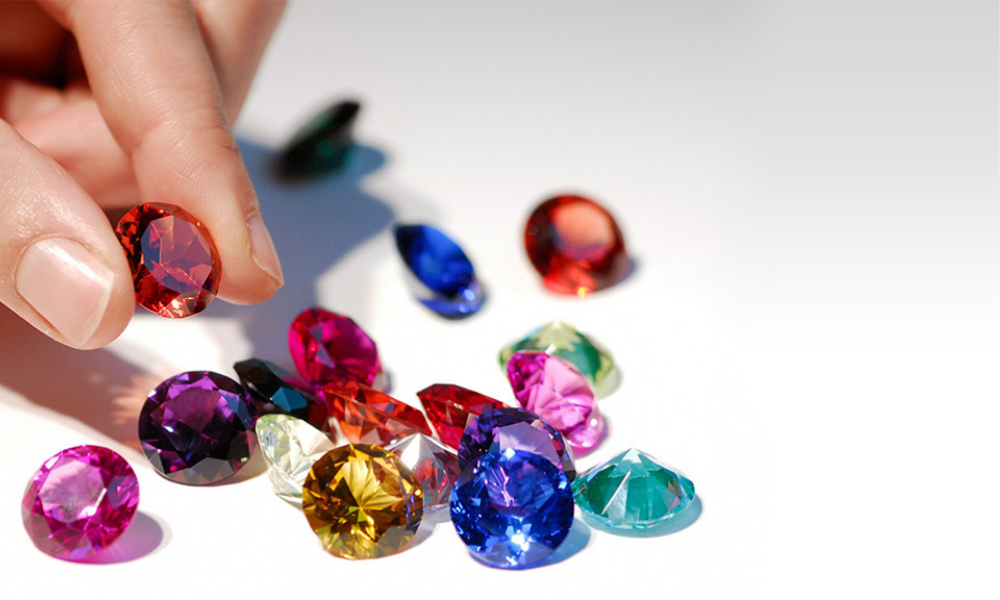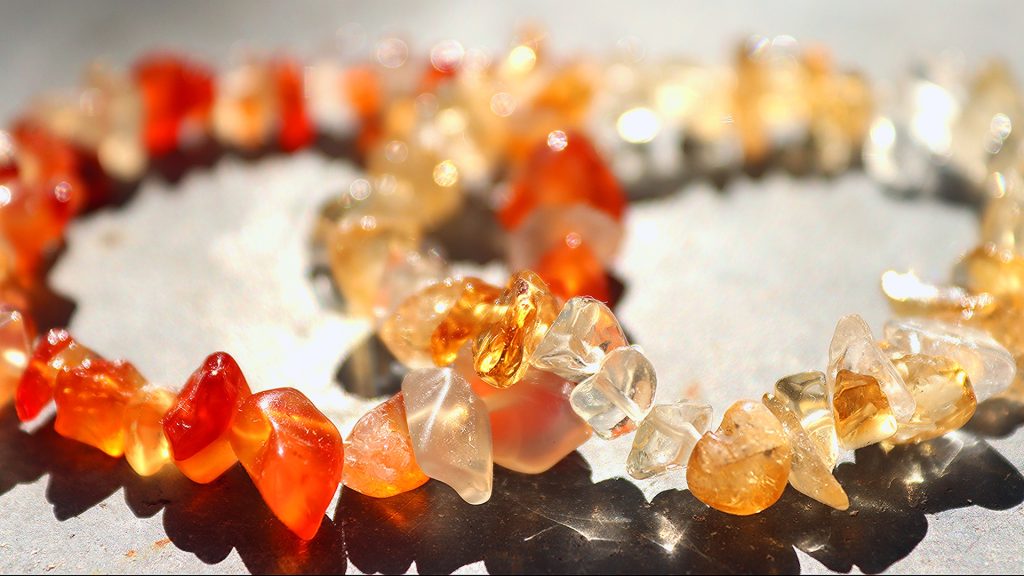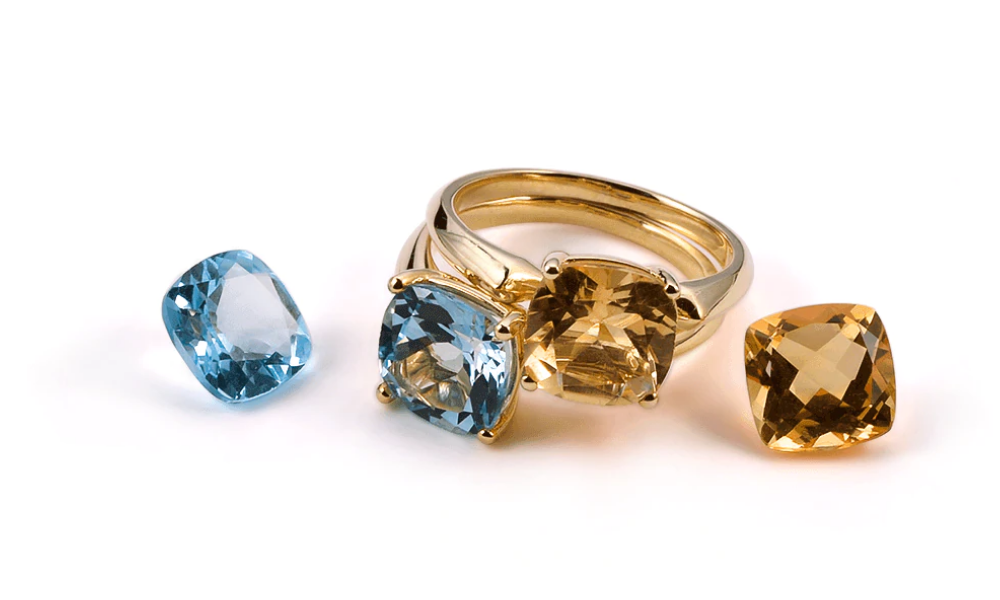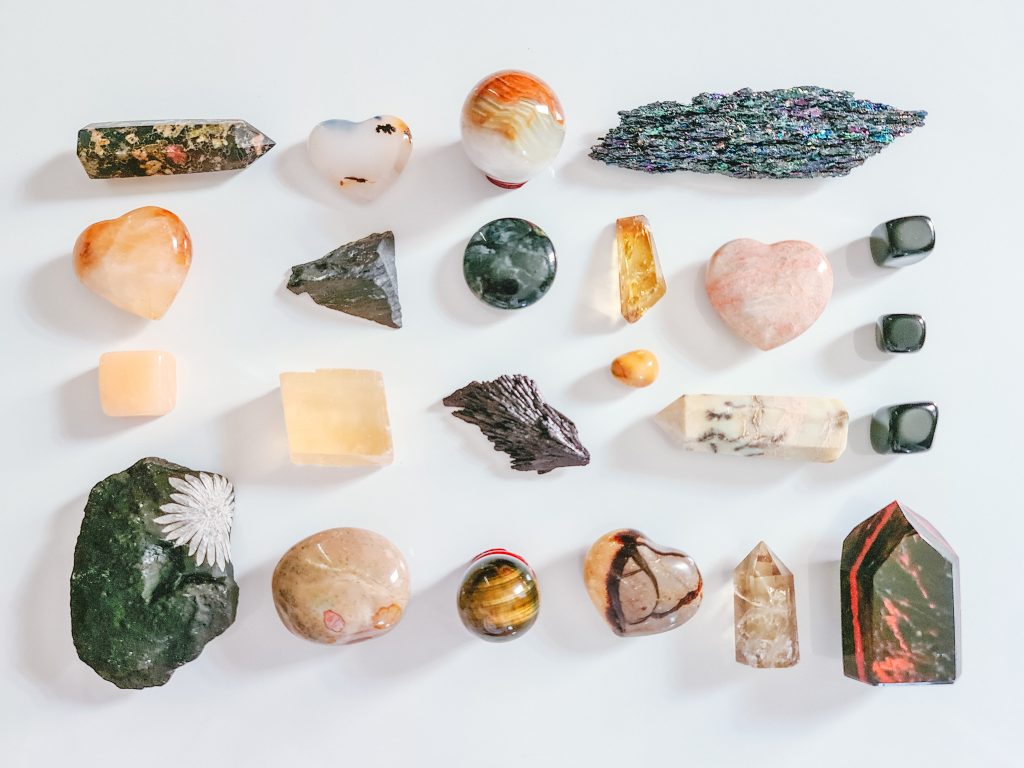In 1985, the California Federation of Mineralogical Societies introduced Assembly Bill No. 2357, which was sponsored by Rusty Areias. The bill was approved by both the Assembly and the Senate and was signed into law by Governor George Deukmejian on October 1. The law recognizes benitoite as California’s official state gemstone. Its deep azure color and pyramidal crystal habit make it a highly valuable stone. Its bright, iridescent color can also be seen under ultraviolet light, making it a popular gemstone for jewelry and other items.
Benitoite, which is also the state gemstone, is a rare mineral that occurs in small quantities throughout the world. This unique form of quartz was first discovered in California, but it has since been identified in other places as well. Its growth rate is so rapid that it is only increasing in size, making it a valuable mineral accessory. In 1985, it was named the state gemstone by Governor George Deukmejian. Its rarity, high transparency, and beautiful color make it worth its status as a treasured American stone. Benitoite was originally thought to be a sapphire, but it was actually discovered in San Benito County in 1907. This stone is a blue barium titanium silicate mineral, and its name derives from its location in San Benito County. Although the state gemstone of California is not a gem, it is a unique gem, and it’s only found in California, so it’s an excellent choice for jewelry.
What is Benitoite Mineral?
Benitoite is a rare mineral that is the official state gemstone of California. It’s a barium titanium silicate mineral with a chemical composition of Ba Ti that’s found in hydrothermal rocks and has a blue tint, It’s a really uncommon rock.
It’s a very rare titanium cyclosilicate blue barium that’s been changed hydrothermally and discovered in serpentinite. This creates subduction zone-like conditions at convergent plate borders in low-temperature, high-pressure conditions. Benitoite fluoresces brilliant blue to bluish-white when exposed to short-wave UV light. Benitoite crystals that are clearer than white glow green under long-wave UV light.
It can be found in a number of remote areas around the world, but only in California, at the Benito Gem Mine, was gemstone-quality material discovered. Even though they formed under significantly different conditions and are only becoming large enough to be termed a mineral accessory, it has been successfully recognized in Montana, Arkansas, Japan, and Australia. In 1985, Benitoite was designated as California’s official state jewel.
When Was Benitoite Discovered In California?
Its unique color and unique shape made it the state gemstone. This mineral was the first to be recognized as a state gemstone and was officially named the state’s state gemstone in 1985. It’s rare enough to be considered an accessory, but it isn’t as precious as a diamond. The blue gem was first discovered in the San Benito River, and the name “benitoite” is derived from its name.
In 1985, the California Federation of Mineralogical Societies introduced Assembly Bill No. 2357, which designated benitoite as the state gemstone. The bill was passed by the Assembly and the Senate and was signed by Governor George Deukmejian on October 1, 1985. It is important to note that this legislation is not related to the actual gemstone, but to its state rock. The legislation also recognizes benitoite as California’s state gemstone. The stone is often mistaken for sapphire and was named after the San Benito River. It is the state’s official gemstone.
The state gemstone of California is benitoite. This mineral is found with serpentine, the state’s main rock. The two minerals share a common chemistry, but the former is more common than the latter. In fact, benitoite is the state’s official gemstone. It is named after the San Benito River and is an important part of the county’s soil.
In 1985, the California Federation of Mineralogical Societies introduced Assembly Bill No. 2357. It was signed into law by Governor George Deukmejian on October 1, 1985. While it is a common gemstone, it is not the state’s official currency. This stone was discovered in an orchard near the town of Benito. The stone was not named until the early 1980s.
How Is Benitoite Formed?
It is found solely in California’s most mineralized region, the New Idria Mining District, in San Benito County, USA (more than 150 semi-precious minerals and gemstones). At the southern end, known as the “Diablus Range,” there is a mountain range with basalt, chert, grey wack, shale, serpentine, and Cretan and Tertiarian sandstone. It’s a high-altitude belt. Benitoite crystals are generated from hydrothermal solutions containing relatively high amounts of rare elements such as barium, titanium, fluorine, and iron. Albite, joaquinite, natrolite, neptunite, and serpentine are the most common minerals found in this. The last mineral generated at the benitoite deposit was natrolite, which covered all of the deposit’s minerals. As a result, the natrolite must be removed with acid (HCl) in order to expose the benitoite crystals.
Physical Characteristics of Benitoite
- Color: is typically blue, but also colorless and yellowish.
- Luster: is vitreous.
- Transparency: Crystals are transparent to translucent.
- Cleavage: is absent.
- Fracture: is irregular.
- Hardness: is 6 – 6.5
- Specific Gravity: is approximately 3.6 (above average)
- Streak: White
Why Is Benitoite A California State Gem?
California recognized Benitite as the state staple in 1985. It’s known as the “blue diamond,” a very uncommon gem that ranges in color from light translucent to dark blue, sapphire blue, or violet shad, and was discovered for the first time in 1907 on the San Benito River headwaters (which is why the name is named).
It (pronounced “benee-toe-ite”) was first thought to be a sapphire, but after more examination, it was shown to be a scientific new mineral. Only California produces valuable benitoite crystals.
What Is The Value Of Benitoite?
This jewel is pretty pricey. Rich blue, clear stones weighing a carat or more will fetch significant prices. Clarity enhances quality, especially when it comes to eye cleanliness or higher ratings. At the bottom end of the price, the spectrum is very light and very dark rocks. Medium-dark stones can be found near the top. Benitoite is valued at $4,000 per carat.
What Is The Purpose Of Benitoite?
Benitoite is utilized in a variety of applications. As a gemstone, the precious rock is used to make jewelry. Benitoite is another mineral sample that has a lot of applications. As collectible samples, the mineral’s distinctive crystals are quite valuable. Minor barium and titanium deposit are also present.
How Do You Tell Whether Something Is Benitoite?
This happens in subduction zones along the converging plate’s edge, when the temperature is low and the pressure is high. Benitoite fluoresces brilliant blue to bluish-white when exposed to short-wave UV light. Benitoite crystals that are clearer than white glow green under long-wave UV light.
What Are Diamonds In California?
Millions of people have gone to California streams to pan for gold during the previous two centuries. They sifted through millions of tonnes of sediment with great care. It’s perhaps not surprising that a few little diamonds were discovered as well. Surprisingly large numbers of diamonds have been discovered in a number of locales. Unfortunately, none of these places possessed enough diamonds to support a commercial diamond mine, and a pipe that would have brought these diamonds to the surface was never found.
At one location in Butte County, north of Oroville, native gold, native platinum, and hundreds of gem-quality diamonds were recovered from Tertiary-age gravels of the Ione formation.
The Diversity of California Gems
California is an enormous state that spans a wide variety of geologic environments, many of which have the potential to be gem-forming. John Sinkankas, in his survey of North American gemstones, provides a large list of gems that have at least been found as an “occurrence” in California. Some of the most notable from that list include andalusite, apatite, axinite, azurite, benitoite, beryl, calcite onyx, colemanite, cordierite, diamond, feldspar, fluorite, garnet, howlite, jade, lapis lazuli, lepidolite, magnesite, riposte, obsidian, opal, quartz, rhodonite, orbicular rhyolite, serpentine, sphene, spodumene, steatite, thomsonite, topaz, tourmaline, turquoise, variscite, vesuvianite, and others.
California Tourmaline
For nearly a century, tourmaline has been mined in California. It is the most valuable gem material mined in the state in terms of cumulative cash value. In the late 1800s, commercial tourmaline mines began to operate. A thriving mining and export sector had emerged by the turn of the century.
China was one of the first major consumers of the early California tourmaline mines. Snuff bottles, jewelry, and a variety of other products were made with California tourmaline by Chinese artisans. Some of their items were manufactured for Chinese nobility who liked the pink tourmaline tint.
Almost all of the tourmaline produced in California is from pegmatite deposits in Riverside and San Diego Counties. Mines in this area have produced more gem-quality tourmaline and mineral specimens than any other deposits in the northern hemisphere.
California tourmalines occur in a wide variety of colors. The typical green and pink gems are produced in good quantity. Red and blue tourmalines are also found. Bi-color and tricolor crystals with lateral and concentric color zoning are also produced.
California Garnet
Some of the highest-quality spessartine garnets in the world have been found in the pegmatites of San Diego County near the community of Ramona. Although very little is being found or mined today, Ramona spessartines are famous for their orangy yellow to yellowish-orange color.
Most of the spessartine production came from just a few mines, which included the Little Three, the A.B.C., the Spaulding, and the Hercules Mines. The Little Three mine has been the world’s most important source of facet-quality spessartine and spessartine mineral specimens. It has done this in over a century of sporadic production. In addition to spessartine, significant amounts of topaz, tourmaline, beryl, quartz, and hessonite garnet have been found in the area of these mines.
Gem-quality and specimen-quality grossularite garnet has been found at several locations in California. Localities are in Siskiyou, El Dorado, Fresno, Tulare, Butte, and Orange Counties.
California Turquoise
The production of turquoise has a long history in California. Archaeologists learned about Native Americans mining turquoise from tools found at ancient mining sites in the area that is now San Bernardino County. Commercial miners have produced turquoise nodules and vein turquoise from deposits in San Bernardino, Imperial, and Inyo Counties. Today, very little turquoise is produced in California, and it is difficult to find California rough or finished cabochons – even if you search diligently for them.
The Epicenter of Gems in California
San Diego County has been one of the best gemstone-producing areas in North America for over 100 years. Pegmatite deposits there host many different types of gem materials. In addition to tourmaline, the mines produce garnet, morganite, aquamarine, topaz, and spodumene. A few of the famous mines and their products include:
- Tourmaline Queen Mine (tourmaline, garnet)
- Elizabeth R Mine (morganite, aquamarine)
- Anita Mine (spodumene, morganite)
- White Queen (morganite)
- Pala Chief Mine (kunzite)
- Tourmaline King Mine (tourmaline)
- Stewart Mine (morganite)
- Himalaya Mine (tourmaline, beryl)
- Little Three Mine (topaz)
The Dallas Gem Mine in San Benito County is the only place in the world where gem-quality benitoite is found and where benitoite is found in specimen-quality crystals. When cut as a gemstone, benitoite has an appearance and optical properties that are similar to sapphire. Most specimens are blue to violetish-blue, although a few rare orange specimens are known.
Conclusion
The state gemstone of California is benitoite. The mineral is the state’s official gemstone. It was discovered in 1907 in San Benito County and was mistaken for a sapphire. Its red color is a result of fluorescence when exposed to short-wave and long-wave ultraviolet light. Its blue color can be seen in sunlight.
The California Legislature named benitoite the “Official Gemstone of California” in 1985. Because of its rarity and high price, you are not going to find it for sale in the typical mall jewelry store. However, if you can afford the high price and are lucky, you might be able to purchase it in jewelry made by a designer who specializes in rare and expensive gems.

